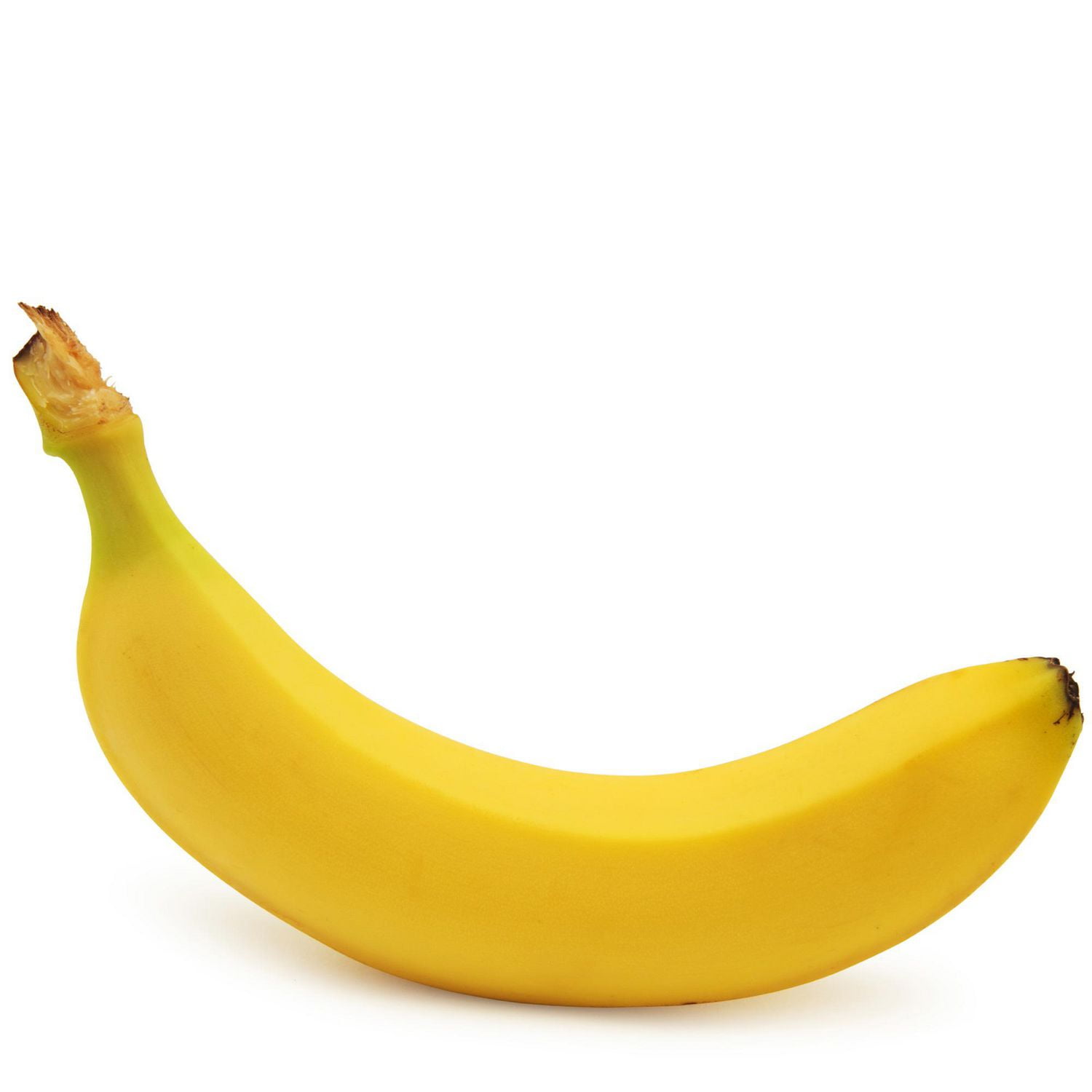| Line 8: | Line 8: | ||
<header class = "title"> | <header class = "title"> | ||
<div class = "content_wrapper"> | <div class = "content_wrapper"> | ||
| − | + | Experiments | |
</div> | </div> | ||
</header> | </header> | ||
| Line 15: | Line 15: | ||
<div id = "nav_content_wrapper"> | <div id = "nav_content_wrapper"> | ||
<ul> | <ul> | ||
| − | <li><a href = "# | + | <li><a href = "#assays_clone">Assays and Plasmid Cloning Protocol</a></li> |
| − | <li><a href = "#"> | + | <li><a href = "#error_prone_pcr">Error Prone PCR Protocol</a></li> |
| − | <li><a href = "#"> | + | <li><a href = "#western_blot">Western Blot Protocol</a></li> |
| − | + | ||
| − | + | ||
| − | + | ||
| − | + | ||
| − | + | ||
| − | + | ||
| − | + | ||
</ul> | </ul> | ||
</div> | </div> | ||
</nav> | </nav> | ||
<section> | <section> | ||
| − | <h1 id = " | + | <h1 id = "assays_clone"> |
| − | + | Assays and Plasmid Cloning Protocol | |
</h1> | </h1> | ||
<p> | <p> | ||
| − | + | The Potassium Phosphate buffer, or KPi buffer, was prepared with 800 mL of distilled water, then 14.135g of K2HPO4 was mixed in, then diluted to 1 liter volume with more distilled water. | |
| − | + | </p> | |
| + | <p> | ||
| + | In order to prepare colloidal chitin, 20 grams of chitin was measure then added to a 1.5 liter beaker, which was stirred by a magnetic stir bar.150 milliliters of 37% hydrochloric acid was slowly mixed while stirring, left alone to settle for an hour. After which, 850 milliliters of distilled water was added then transferred to be centrifuged at 4,000 rpm for ten minutes. After vortexing to disperse chitin pellets, 400 milliliters of distilled water was added. Repeat centrifuging and vortexing for a total of three times. For the last wash, 100ml instead of 400, then transfer to 250mL centrifuge bottle and spin again with discarding supernatant. This then becomes a 20% solution by adding water, and sterilized via sterilizing. | ||
| + | </p> | ||
| + | <p> | ||
| + | For the chitin assay on plate, 4g colloidal chitin, 0.70g K2HPO4, 0.30g KHPO4, .01g MGSO4-5H2O, 0.01gFeSO4-7H2O, 0.0097g FeCl3-6H2O, 0.001g ZnSO4. 0.000844g ZnCl2, and 0.001g MnCl2 were dissolved into 800mL of water, and NaOH was added until it was a pH of 8.0 was reached. 20g of agar was dissolved before autoclaving. | ||
| + | </p> | ||
| + | <p> | ||
| + | To begin the chitinase assay, the colloidal chitin was washed with the KPi buffer, and the CC concentration was 6.0 mg/mL (0.6%; 2xCC). A serial dilution was then performed for chitinase with KPi buffer in a 96-well flat bottom plate, with 50uL per well. After incubation at 30ºC for two hours, the plate | ||
| + | was centrifuged briefly at 4ºC. Then 20μL AAP (1mM), 20μL DCHBS (10mM), 4 μL HRP (200 U/mL), and 56 μL KPi buffer (pH 6.0) was added with a final volume of 200uL, wich was incubated 15 at room temperature. | ||
| + | </p> | ||
| + | |||
| + | |||
<div class = "img_group"> | <div class = "img_group"> | ||
<img width = "300px" height = "300px" src = "https://i5.walmartimages.ca/images/Enlarge/580/6_r/875806_R.jpg"></img> | <img width = "300px" height = "300px" src = "https://i5.walmartimages.ca/images/Enlarge/580/6_r/875806_R.jpg"></img> | ||
Revision as of 23:32, 10 October 2018
Assays and Plasmid Cloning Protocol
The Potassium Phosphate buffer, or KPi buffer, was prepared with 800 mL of distilled water, then 14.135g of K2HPO4 was mixed in, then diluted to 1 liter volume with more distilled water.
In order to prepare colloidal chitin, 20 grams of chitin was measure then added to a 1.5 liter beaker, which was stirred by a magnetic stir bar.150 milliliters of 37% hydrochloric acid was slowly mixed while stirring, left alone to settle for an hour. After which, 850 milliliters of distilled water was added then transferred to be centrifuged at 4,000 rpm for ten minutes. After vortexing to disperse chitin pellets, 400 milliliters of distilled water was added. Repeat centrifuging and vortexing for a total of three times. For the last wash, 100ml instead of 400, then transfer to 250mL centrifuge bottle and spin again with discarding supernatant. This then becomes a 20% solution by adding water, and sterilized via sterilizing.
For the chitin assay on plate, 4g colloidal chitin, 0.70g K2HPO4, 0.30g KHPO4, .01g MGSO4-5H2O, 0.01gFeSO4-7H2O, 0.0097g FeCl3-6H2O, 0.001g ZnSO4. 0.000844g ZnCl2, and 0.001g MnCl2 were dissolved into 800mL of water, and NaOH was added until it was a pH of 8.0 was reached. 20g of agar was dissolved before autoclaving.
To begin the chitinase assay, the colloidal chitin was washed with the KPi buffer, and the CC concentration was 6.0 mg/mL (0.6%; 2xCC). A serial dilution was then performed for chitinase with KPi buffer in a 96-well flat bottom plate, with 50uL per well. After incubation at 30ºC for two hours, the plate was centrifuged briefly at 4ºC. Then 20μL AAP (1mM), 20μL DCHBS (10mM), 4 μL HRP (200 U/mL), and 56 μL KPi buffer (pH 6.0) was added with a final volume of 200uL, wich was incubated 15 at room temperature.

Caption: this is a banana!
More text...
More text...
More text...
More text...
More text...
More text...
More text...
